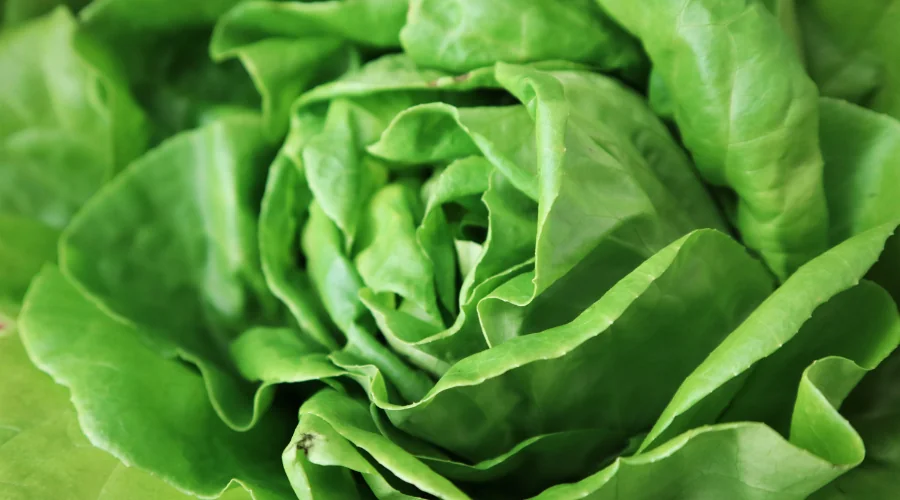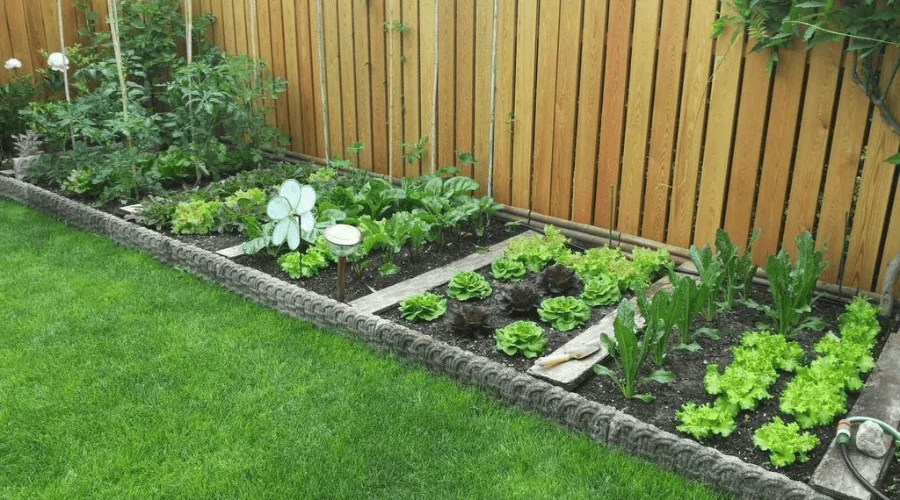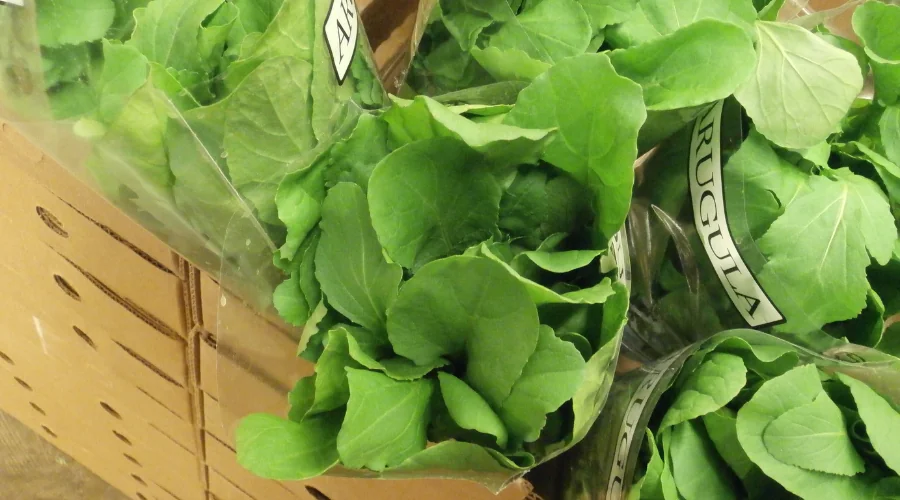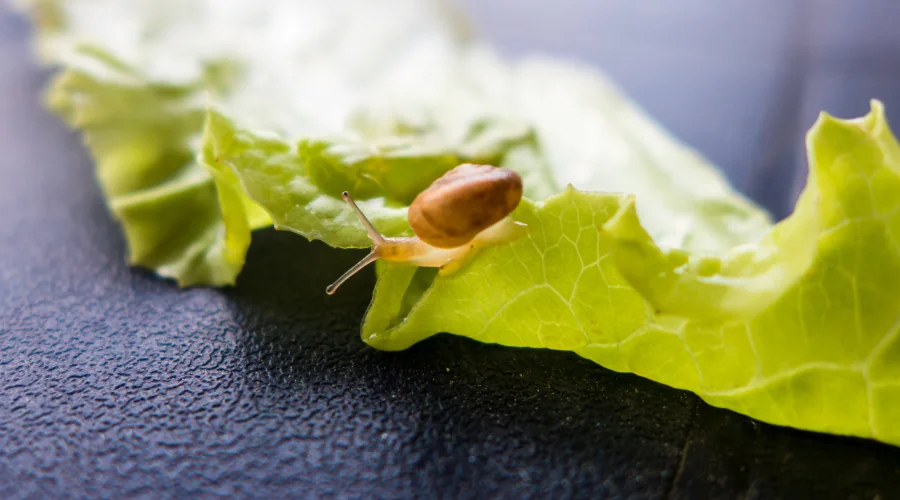Florida’s Peak Lettuce Season is Here!
By Amanda Rose Newton
As we settle into November, it’s officially lettuce season here in Brevard County. The cooler days and crisp evenings make it the perfect time to grow those leafy greens that would have melted under the summer sun just a few months ago. If you’ve been itching to get something fresh and fast-growing in the ground, lettuce is your best bet for instant garden gratification.

Timing Is Everything
Lettuce loves the mild weather we get from November through early March. Unlike tomatoes or peppers, lettuce despises heat — it bolts (flowers prematurely) and turns bitter once temperatures climb. Starting now ensures tender, flavorful leaves and happy plants.
If you start from seed, plant in shallow rows and keep the soil consistently moist until you see those tiny green sprouts peeking through. For transplants, plant in early morning or late afternoon to minimize shock. You can even sow every two weeks for a continuous harvest all winter long — no grocery lettuce needed!
Avoiding Wilting and Heat Stress
Even though the air feels cooler, Florida’s sun still packs a punch. To prevent wilting or leaf scorch:
- Choose a spot with partial shade in the afternoon, especially if you’re growing looseleaf or butterhead types.
- Mulch lightly with pine straw or shredded leaves to help keep soil cool and moist.
- Water consistently — lettuce has shallow roots, so even a day or two of dryness can cause limp leaves.
If a warm spell sneaks up, a light shade cloth or an afternoon sprinkle will help keep things fresh.

Fun Varieties to Try
Why settle for plain green when you can grow a salad bowl of color and texture? Some favorites for Central Florida include:
- ‘Red Sails’ – A stunning looseleaf variety with deep burgundy leaves that stay tender and sweet, even as temperatures rise a bit.
- ‘Oakleaf’ – Frilly leaves with great crunch; holds up well in mixed plantings and looks gorgeous in containers.
- ‘Buttercrunch’ – A Florida classic! This compact butterhead variety has thick, juicy leaves that resist wilting better than most.
- ‘Salad Bowl Mix’ – Perfect for beginners — a pre-mixed combo of greens and purples that gives you a beautiful harvest every few days.
- ‘Lollo Rossa’ – Italian heirloom with curly purple edges and a mild, nutty flavor. Ideal for cooler months.
- ‘Tropicana’ – A crisphead type that actually performs well in Florida’s mild winters.
For an easy win, try mixing colors and leaf shapes in the same bed or container. You’ll end up with a gorgeous edible patchwork quilt — and the more diverse your planting, the fewer pest issues you’ll have.
Quick Tips for Success
- Soil: Lettuce prefers loose, rich soil with good drainage. Add compost before planting for a nutrient boost.
- Fertilizer: Use a slow-release organic fertilizer or fish emulsion every 2–3 weeks for lush growth.
- Harvesting: Cut outer leaves and let the center continue producing for a steady supply, or harvest the entire head when mature.
- Companions: Pair lettuce with radishes, carrots, or onions — they play nicely together and maximize space.

Container Gardening Tips
Don’t have space for a full garden bed? Lettuce is one of the easiest vegetables to grow in containers, and it even prefers it when Florida’s sandy soil proves tricky.
Here’s how to keep your potted lettuce happy:
- Choose wide, shallow pots — lettuce doesn’t need deep soil, but it does like room to spread out. A 6–8″ deep container is perfect.
- Use a lightweight potting mix rich in organic matter. Mix in compost or coconut coir for moisture retention.
- Water daily — container lettuce dries out faster than garden beds, especially on breezy days.
- Fertilize lightly every 2–3 weeks with liquid seaweed or fish emulsion for steady growth.
- Rotate your pots — move them into dappled shade as temperatures fluctuate to prevent bolting.
Garden Bug Pro Tip: a window box or hanging planter of mixed lettuces not only gives you instant access to fresh greens but also adds beautiful texture and color to patios and balconies.
Florida-Friendly Alternatives
If you love the texture of lettuce but want to experiment, try a few other greens that thrive here:
- Tatsoi and Mizuna – Mild Asian greens that grow quickly and handle cool Florida weather beautifully.
- Swiss Chard – More heat-tolerant than lettuce and keeps growing even when temperatures fluctuate.
- Arugula – Peppery, fast-growing, and surprisingly tolerant of both chill and sun.
- Malabar Spinach – Not a lettuce, but if you miss your greens during warmer months, this vining plant fills the gap once spring heat returns.
These all make great additions to salad mixes and can extend your harvest season when temperatures start to rise again.

Pest Watch
Even in the cooler months, lettuce can attract unwanted visitors. Keep an eye out for:
- Aphids – Look for curled or sticky leaves. A strong spray of water or a neem oil rinse will send them packing.
- Snails and slugs – They love tender new leaves. Use crushed eggshells or diatomaceous earth around the base of plants for a natural barrier. Oh, and the old classic stale beer trick? It does work, if you have some sub par cans taking up space in the fridge.
- Leaf miners – They leave squiggly trails through leaves. Simply remove and discard affected leaves before the problem spreads.

Encouraging natural predators like ladybugs and lacewings will also help keep pests in check.
The best part about growing lettuce is how quickly you can enjoy the results — many varieties are ready to harvest in under 40 days! Snip, rinse, and enjoy your own homegrown greens straight from the garden. Add edible flowers like nasturtiums or pansies for a touch of color (and they love the same cool-season weather).
So if you’ve been waiting for a sign to plant something easy, beautiful, and rewarding — let us talk about lettuce and make November the month of fresh, Florida-grown greens.


